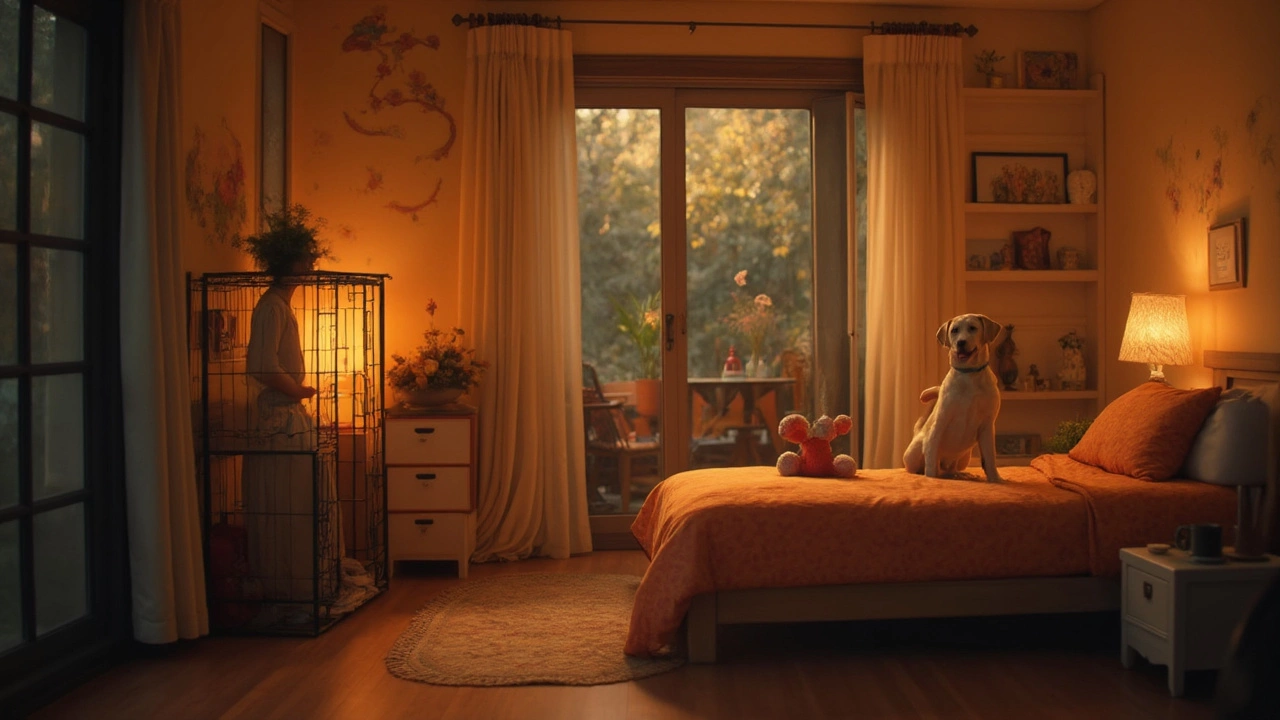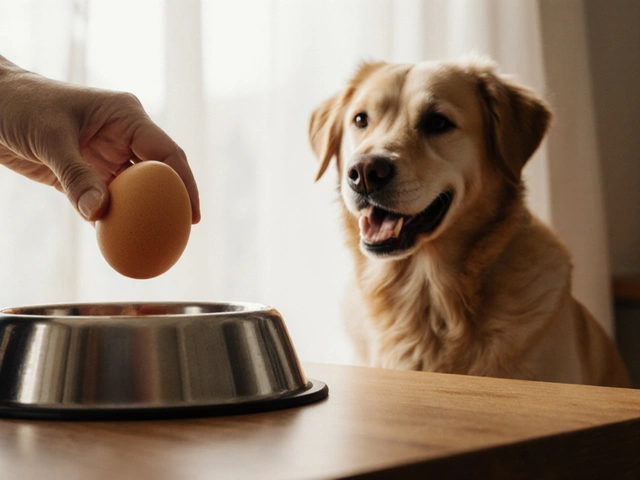Dog Sleep Routine: Easy Tips for Better Nighttime Rest
Got a pup that tosses and turns at night? A solid sleep routine can turn those restless nights into calm, quiet hours for both of you. Think of it like a bedtime story for dogs – consistent, soothing, and easy to follow.
Why a Consistent Sleep Routine Matters
Dogs thrive on predictability. When they know when it’s bedtime, they settle faster and stay settled longer. A regular routine also helps with house‑training, reduces anxiety, and keeps their energy balanced during the day. In short, a good night’s sleep means a happier, healthier dog.
Practical Tips to Build a Nightly Routine
1. Set a Fixed Bedtime. Pick a time that works for your schedule and stick to it. Even on weekends, try not to drift more than 30 minutes. Your dog will pick up the cue quickly.
2. Wind Down with a Short Walk. A 10‑15 minute walk right before bed lets your dog burn off extra energy. It’s also a natural signal that the day is ending.
3. Create a Cozy Sleep Spot. Choose a quiet corner, a crate, or a dog bed that feels safe. If your dog prefers snuggling next to you, a separate but nearby bed works too. The “Dog Beds: Why Does My Dog Sleep Next to My Bed?” article explains why proximity can be comforting, but a designated space helps them learn independence.
4. Limit Food and Water Late. Offer the last meal at least an hour before bedtime and remove excess water to avoid midnight bathroom trips. A quick potty break right before sleep can cut interruptions.
5. Use a Calm Cue. A simple phrase like “bedtime” or a gentle hand motion signals it’s time to settle. Repeating the cue every night builds association.
6. Keep the Environment Cool and Dark. Dogs sleep better in a slightly cooler room with low light. If your pup likes a night‑light, keep it dim.
7. Avoid Over‑Stimulation. No exciting games or loud TV right before sleep. Instead, try a short grooming session or a gentle petting routine to relax muscles.
8. Gradually Phase Out Crate Use (If Needed). If you’ve been using a crate, the “At What Age Should a Dog Not Sleep in a Crate?” guide suggests watching for signs of outgrowing it. Transition slowly by placing the crate near the new bed and letting the dog explore.
9. Stay Consistent on Weekends. Skipping the routine on Saturdays can confuse your dog and make weekdays harder. A quick 10‑minute version works if you’re short on time.
10. Monitor and Adjust. If your dog still wakes up often, check for discomfort, temperature issues, or health concerns. Sometimes a simple change in bedding or a vet check is all it takes.
Stick to these steps for a week, and you’ll likely see calmer nights and fewer midnight bathroom trips. Remember, the goal isn’t to force sleep but to make it easy and natural for your dog. With a reliable dog sleep routine, both of you can enjoy restful evenings and wake up ready for the day ahead.

Dog Crate Training at Night: Should You Really Do It?
Wondering if putting your dog in a crate at night is a good idea? This article tackles both the practical and emotional sides of nighttime crate training, with relatable examples and facts. You'll get no-nonsense advice about safety, comfort, and helping your dog feel secure. Real tips from dog owners make things easy to follow. Find out when crates work—plus a few situations where you might rethink it.
read more



